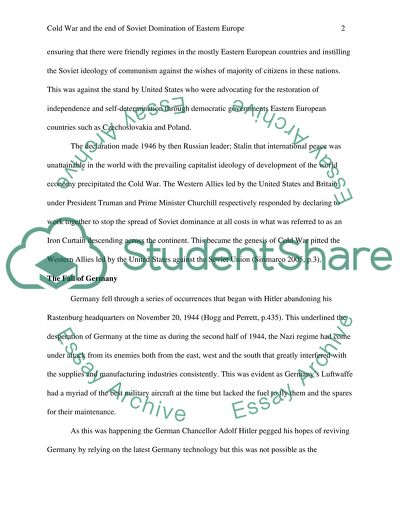Cite this document
(“Explain how the situation in Europe immediately following the fall of Essay”, n.d.)
Retrieved from https://studentshare.org/history/1478389-explain-how-the-situation-in-europe-immediately
Retrieved from https://studentshare.org/history/1478389-explain-how-the-situation-in-europe-immediately
(Explain How the Situation in Europe Immediately Following the Fall of Essay)
https://studentshare.org/history/1478389-explain-how-the-situation-in-europe-immediately.
https://studentshare.org/history/1478389-explain-how-the-situation-in-europe-immediately.
“Explain How the Situation in Europe Immediately Following the Fall of Essay”, n.d. https://studentshare.org/history/1478389-explain-how-the-situation-in-europe-immediately.


